Search
Search Results
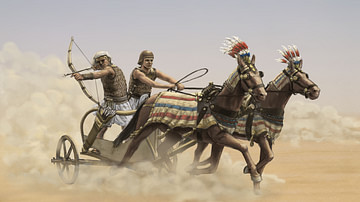
Definition
Ancient Egyptian Warfare
The Narmer Palette, an ancient Egyptian ceremonial engraving, depicts the great king Narmer (c. 3150 BCE) conquering his enemies with the support and approval of his gods. This piece, dating from c. 3200-3000 BCE, was initially thought to...

Definition
Egyptian Empire
The Egyptian Empire rose during the period of the New Kingdom (c. 1570- c. 1069 BCE), when the country reached its height of wealth, international prestige, and military might. The empire stretched from modern-day Syria in the north to modern-day...

Image
Per-Ramesses
Per-Ramesses was the new capital of Egypt built by Ramesses II (1279-1213 BCE). However, due to the shifting of the Nile, the city was abandoned, largely dismantled, and moved south to the new city of Tanis with some monuments taken to Bubastis...

Video
Ramesses II, Egypt, c. 1250
More free lessons at: http://www.khanacademy.org/video?v=PXUKfJ4XDk4 Ramesses II, Herakleopolis (Temple of Harsaphes), New Kingdom, Egypt, c. 1250 B.C.E. (University of Pennsylvania Museum of Archaeology and Anthropology) Speakers: Monica...

Article
The Battle of Kadesh & the First Peace Treaty
Ramesses II (The Great, 1279-1213 BCE) ruled Egypt for 67 years and, today, the Egyptian landscape still bears testimony to the prosperity of his reign in the many temples and monuments he had built in honor of his conquests and accomplishments...
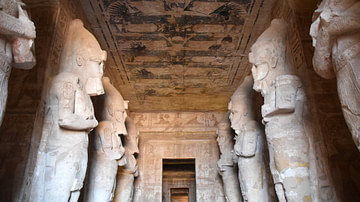
Image
Abu Simbel, Interior of the Temple of Ramesses II
The hypostyle hall of the Temple of Ramesses II at Abu Simbel is 18 m (59 ft) long and 16.7 m (55 ft) wide and is supported by eight massive pillars depicting the deified Ramesses linked to the god Osiris. The temple's interior is decorated...
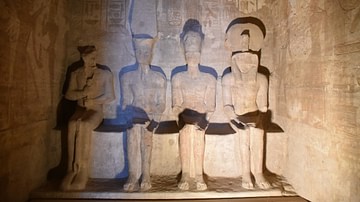
Image
Abu Simbel, Sanctuary of the Temple of Ramesses II
In the sanctuary inside the Temple of Ramesses II (Great Temple) at Abu Simbel are rock-cut sculptures of four seated figures: Ra-Horakhty, the deified king Ramesses, and the gods Amun Ra and Ptah. The architects of ancient Egypt in the 13th...
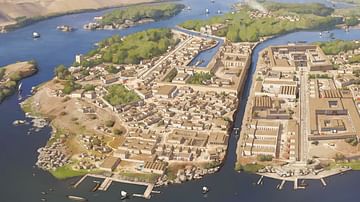
Image
Reconstruction of Pi-Ramesses
Reconstruction of the Egyptian capital of Pi-Ramesses, established by Ramesses II (1279-1213 BCE) in the 13th Century BCE. Illustration by Rocío Espin.
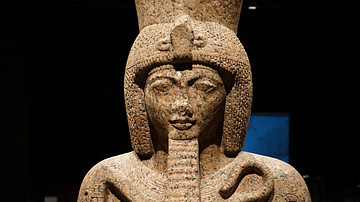
Image
Statue of Ramesses II
This granite statue of Ramesses II was discovered at the Temple of Khnum, Elephantine, Egypt (1280 BCE). Ramesses II was a very successful ruler between around 1279-1213 BCE. Here he holds a crook and flail and wears a double crown, symbolising...
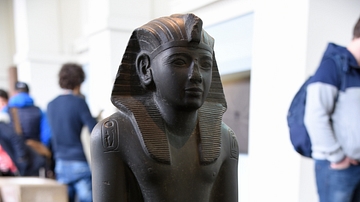
Image
Statue of King Ramesses IV
The statue shows the king offering pots of water or wine. Based on parallel statues, large parts have been restored in modern times, including the hands, posts, and knees. Cartouches enclosing Ramesses' birth and throne names appear on his...